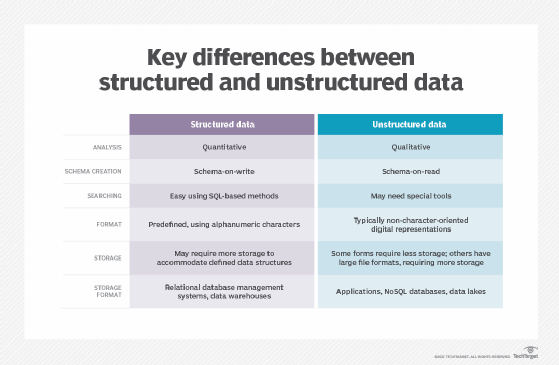
The act of sending an email is instantaneous, but that does not mean the writer can expect an instantaneous response. The information you want to share is not time-sensitive.You need to get in touch with a person who is hard to reach via telephone, does not come to campus regularly, or is not located in the same part of the country or world (for instance, someone who lives in a different time zone).So-how do you know when sending an email is the most effective way of accomplishing your communication goals? When is a brief message OK, and when it is more appropriate to send a longer, more professional-sounding email? How should you decide what style of writing is appropriate for each task? Keep reading for answers to these questions! When is email the appropriate form of communication to use?Įmail is a good way to get your message across when:
/top-10-don-ts-when-you-fire-an-employee-1918343_FINAL-5b731c0146e0fb004f87aeef.png)
Depending on your purposes, the messages you send will differ in their formality, intended audience, and desired outcomes. Email is used for many different purposes, including contacting friends, communicating with professors and supervisors, requesting information, and applying for jobs, internships, and scholarships. Miscommunication can easily occur when people have different expectations about the messages that they send and receive.

BackgroundĪlthough email is a valuable tool, it creates some challenges for writers. It can help you determine whether email is the best mode of communication in a particular situation and write messages that successfully convey your meaning to your intended audience. This handout is intended to help students, faculty, and University professionals learn to use email more effectively.
.png)
Effective Email Communication What this handout is about


 0 kommentar(er)
0 kommentar(er)
